From Wayne: If you’re a regular listener to our show you know that we talk about monsters. A lot. Somehow we have never done a show about giant monsters, or as they are known in fandom, from the Japanese, Kaiju(怪獣).

This was prompted by seeing Godzilla: Minus 1 in the theaters last month. It was so good! Yes, there was a lot of destruction and mayhem, but the emotional impact of the human plot took me by surprise. While I have always enjoyed giant monster films I have never considered myself a true fan. I probably read about them in various monster magazines in the 70s before I had the chance to see one. Sometime in my early teens I was able to see many of them on midnight movies on TV and Saturday afternoon Science Fiction/Chiller theater. The monster scenes were fun, but I was typically bored with the plot, just waiting for the fight scenes.

The first Godzilla movie appeared in 1954, essentially launching the genre – though certainly King Kong, as well as any number of creatures from myth and legend, such as dragons and cyclops, preceded it. The Godzilla franchise from Japan exploded with continuing sequels and the introduction of many new monsters. But it wasn’t just the Japanese who were producing this product. Giant, irradiated monsters filled b-movie screens everywhere.
1954 coincided with the Senate subcommittee hearings on comics which resulted in the establishment of the Comics Code Authority. The Code severely limited the use of traditional monsters in comics. Vampires, werewolves, and zombies were specifically forbidden. But kids love their monsters, so comics adapted. Like the movies, giant monsters proliferated on the four color page. Marvel Comics in particular had a plethora of giant monsters stomping around.

The lovable Groot from Guardians of the Galaxy first appeared as a would-be alien conqueror from Planet X. Giant monsters lingered as the superhero genre made its comeback in the 60s, as the first issues of both The Justice League of America and Fantastic Four illustrate.
Kaiju have never completely gone away, though their popularity has varied. Remakes of both King King Kong and Godzilla are regular, as are expansions of their narrative worlds. Giant robots that fight giant monsters have been a regular part of the scifi genre for decades, from Ultra Man to the Mighty Morphin’ Power Rangers. I would argue that the success of the Jurassic Park franchise, as well as any other dinosaur related products, has its roots in the same interests. It seems to me that the interest in the genre has risen again.
So why are we invested in giant monsters destroying our lives? It’s easy to see that in the 1950s, giant irradiated monsters spoke to our fear of atomic power and nuclear weapons. It’s no accident that Godzilla’s origins are in the only country that has been the victim of an atomic attack. But if kaiju were our atomic fears writ large back then, what do they represent now? The level of destruction in our entertainment has risen dramatically since 9/11, a way for us to deal with or sublimate the trauma, so that’s an easy go-to answer. But I think it might be deeper than that. Our lives seem to be overwhelmed with great, monolithic forces beyond our control; politics, the economy, the pandemic, billion dollar people and corporations. All of these can feel like unreasoning giant monsters bent on our destruction and we are helpless in their wake.
So anyway, we’re gonna talk about Kaiju. What are your thoughts?

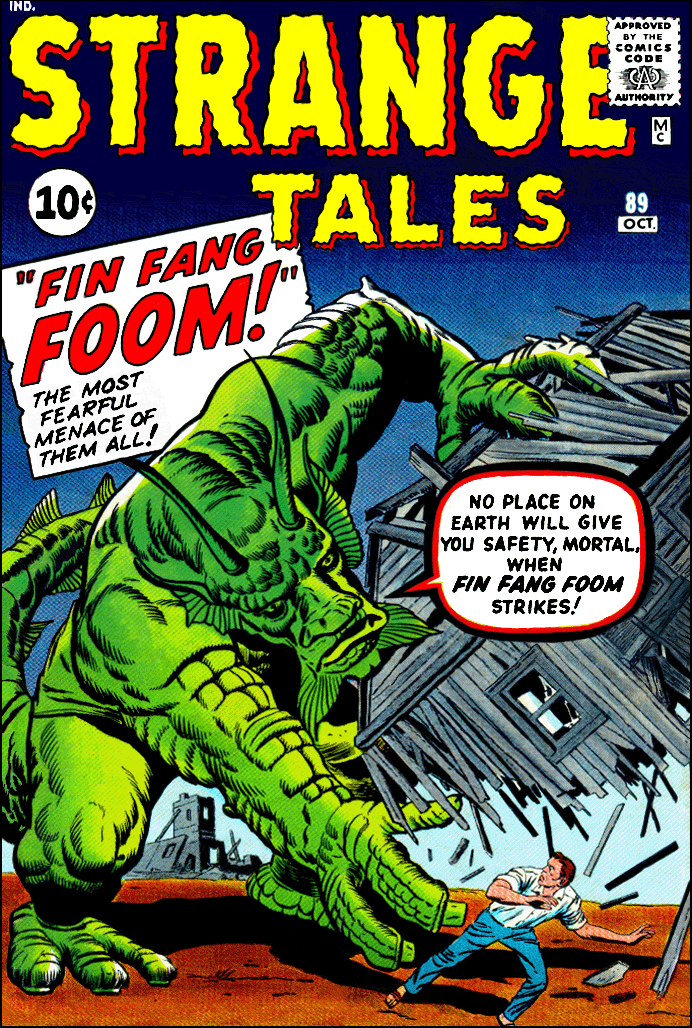
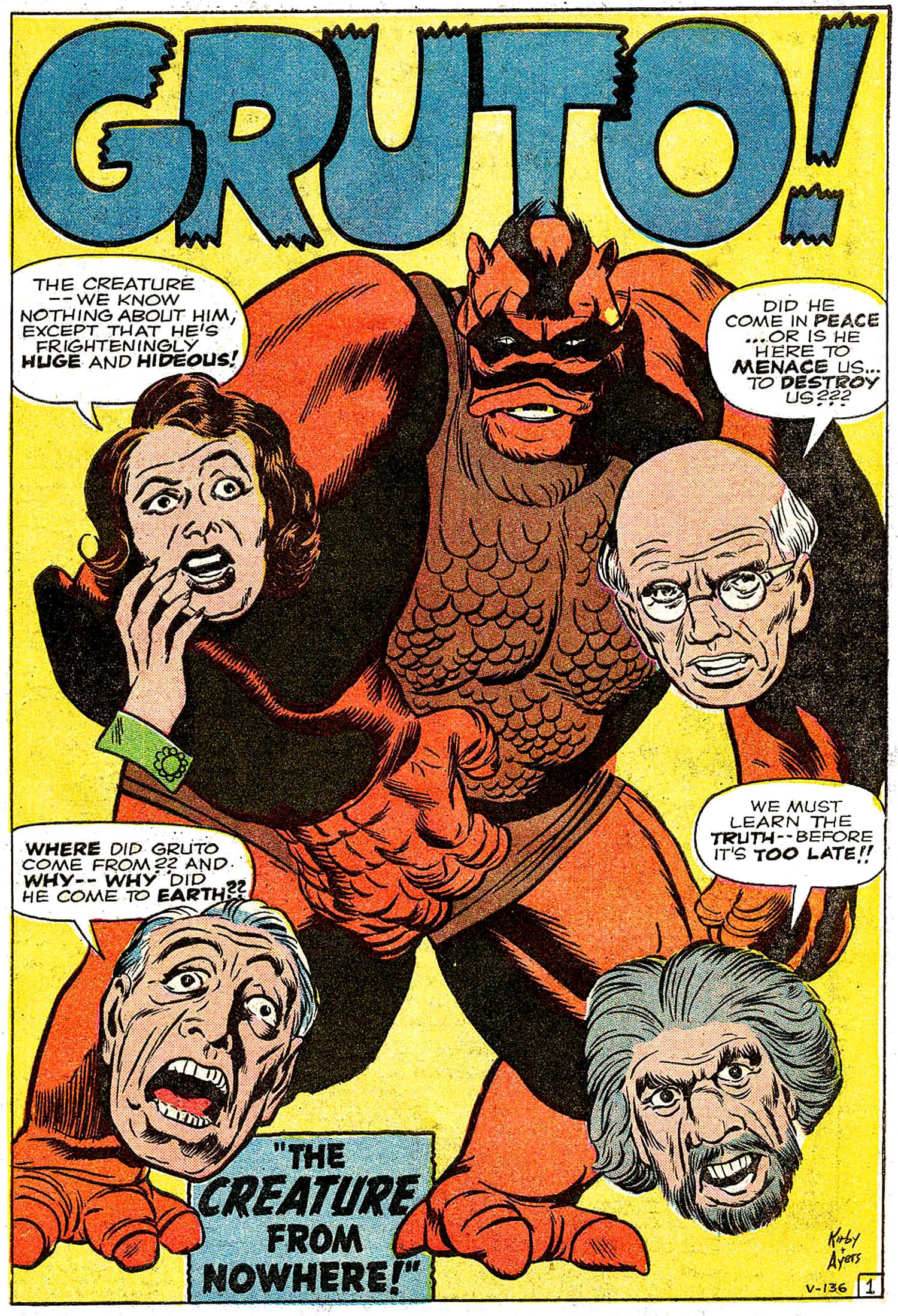
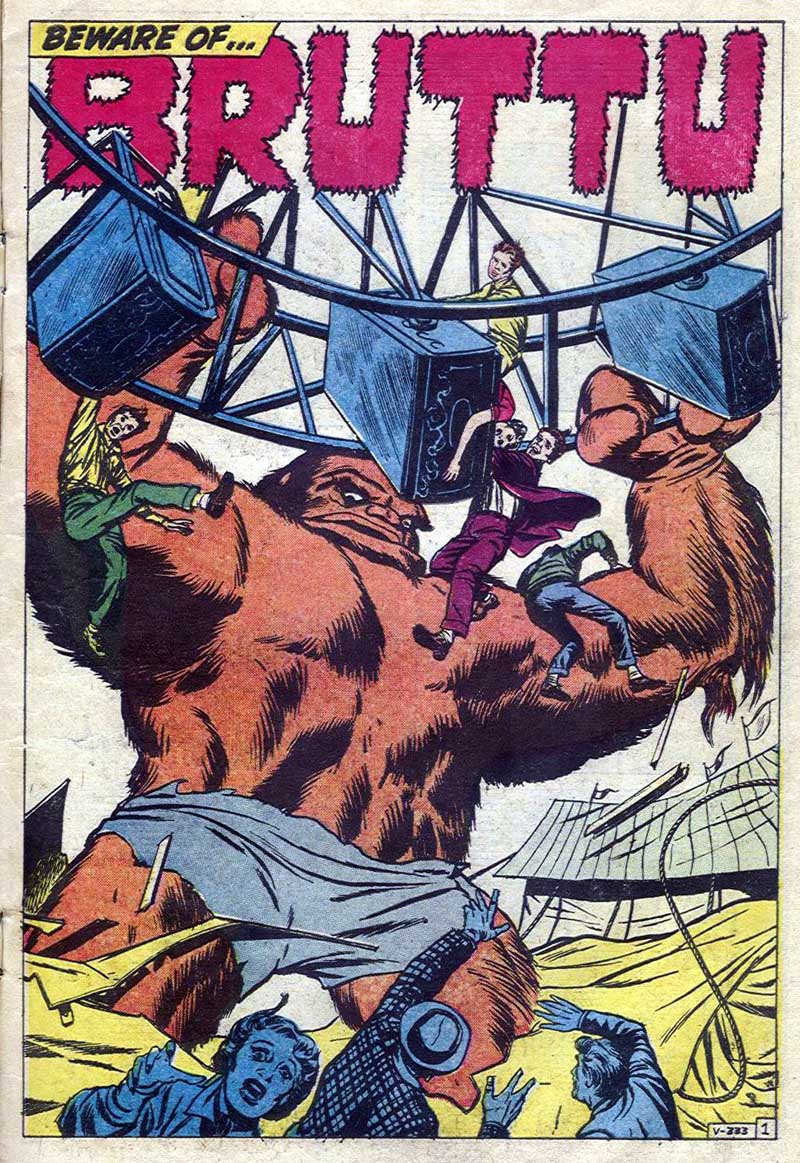
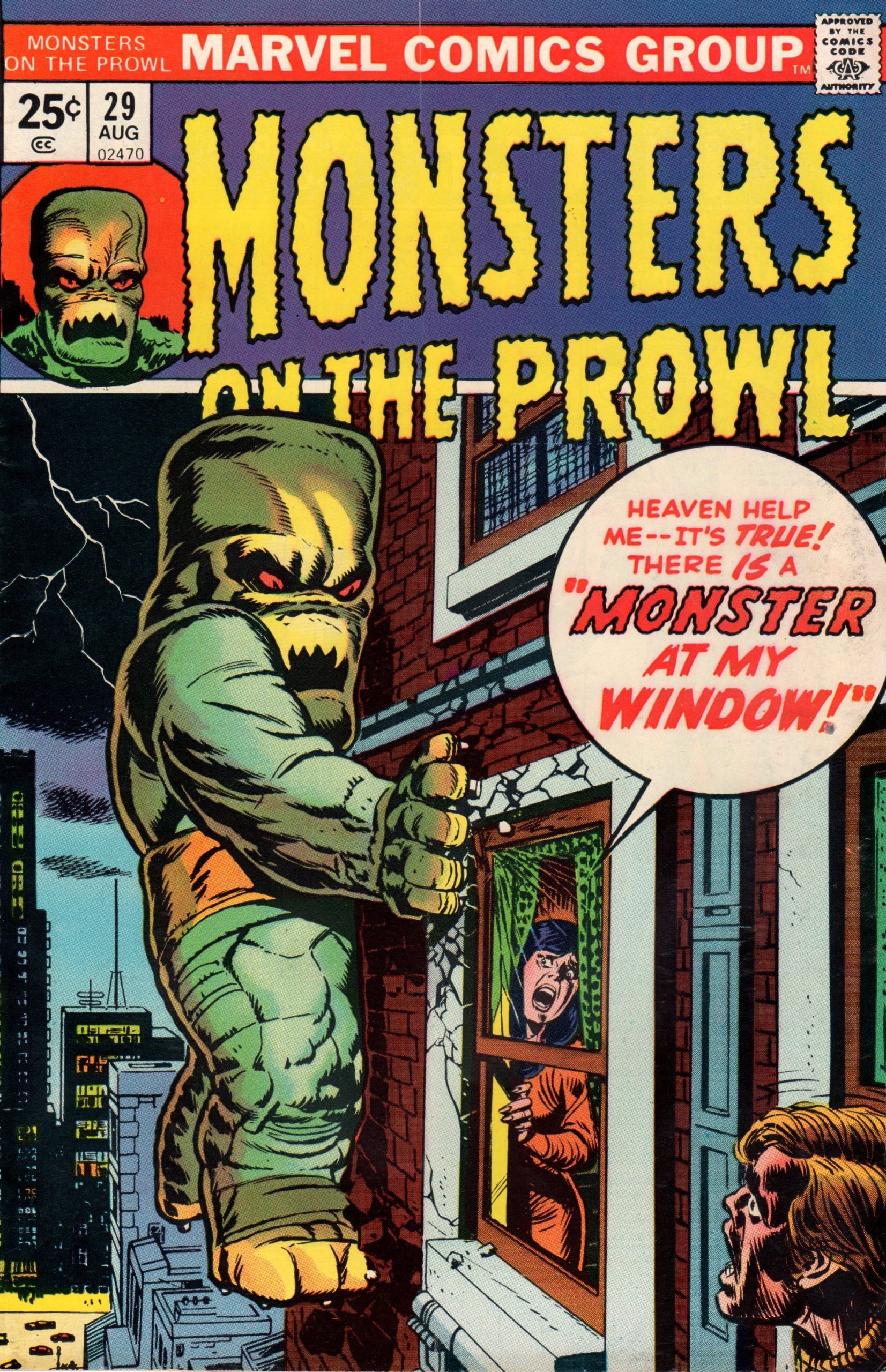
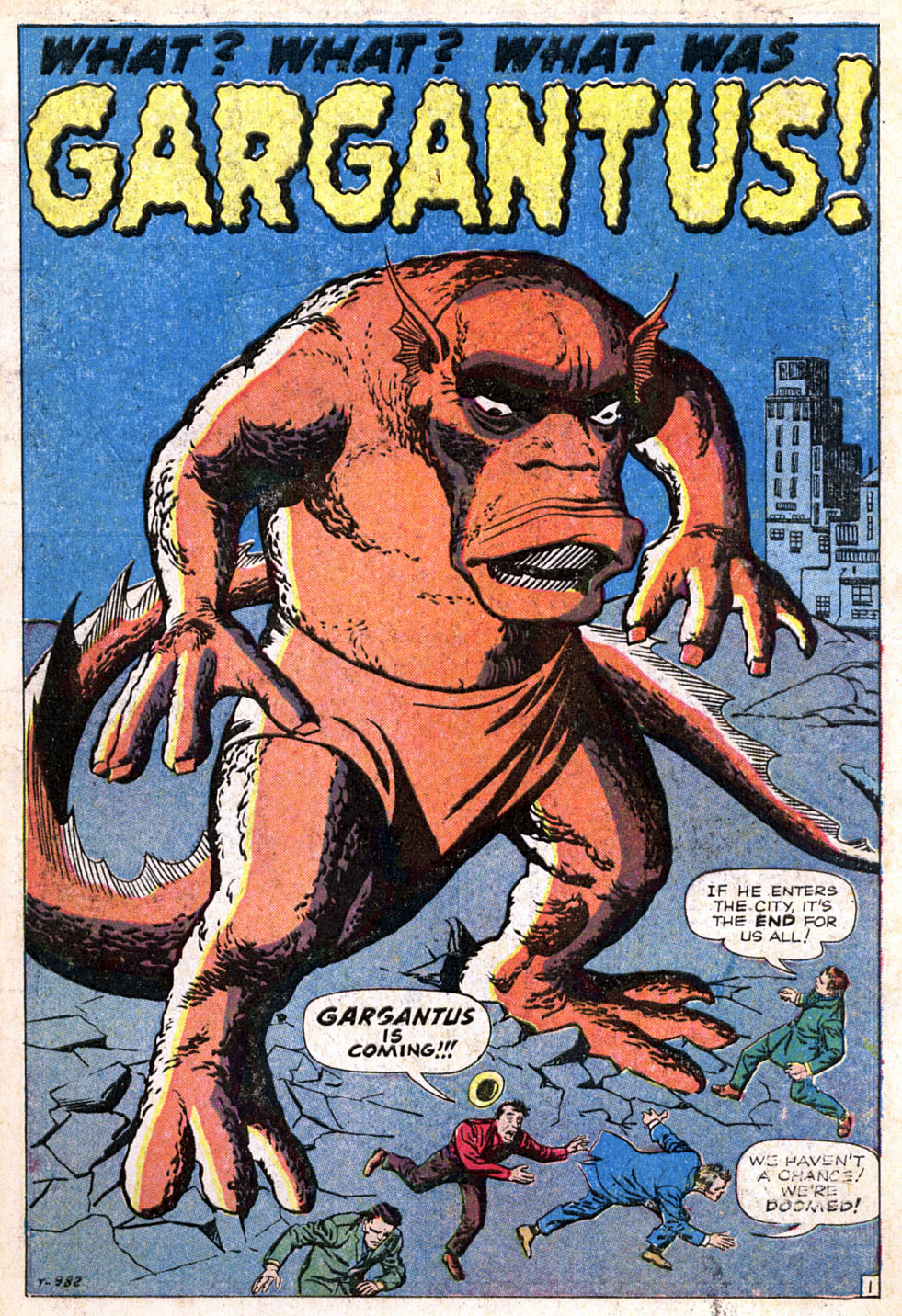
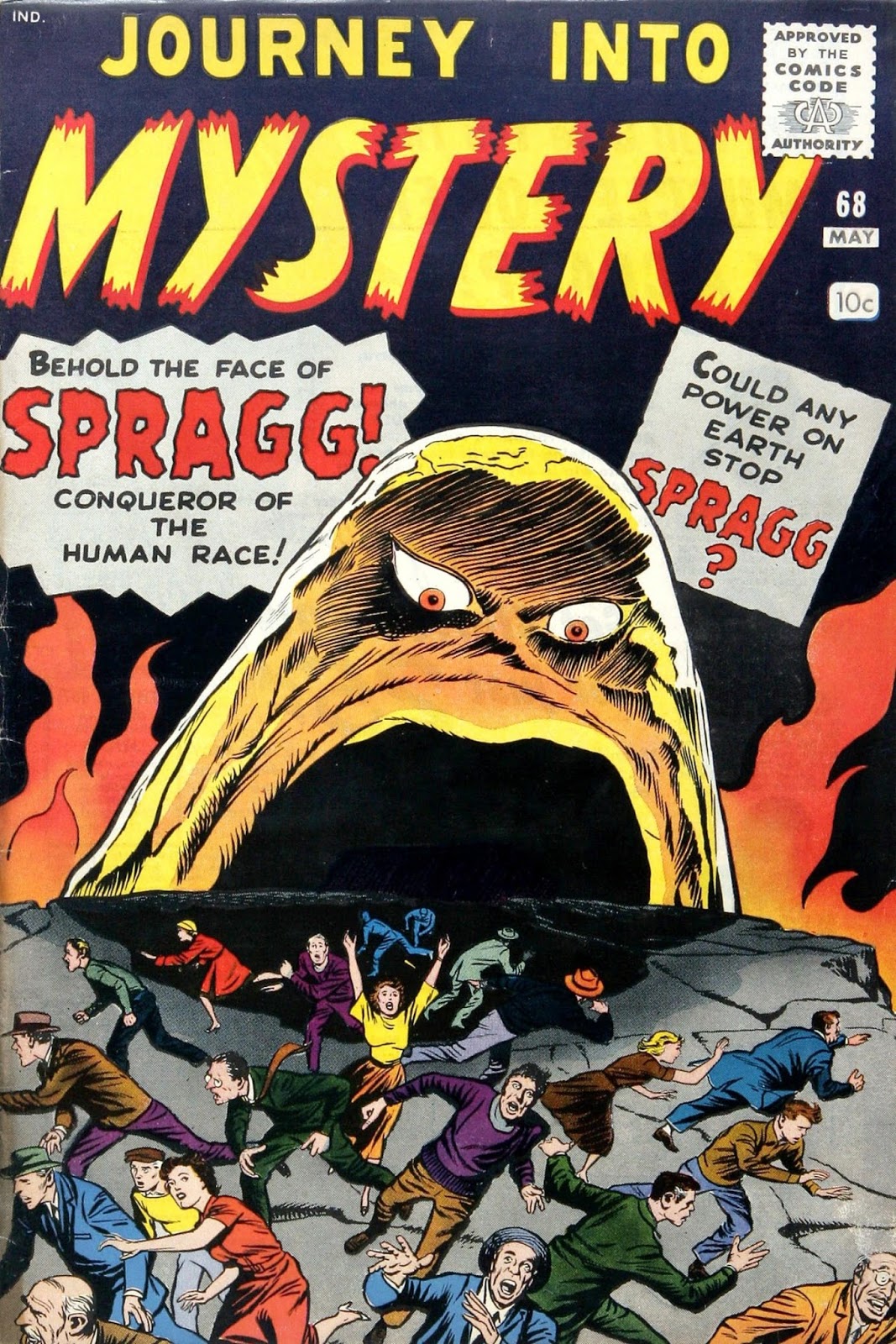
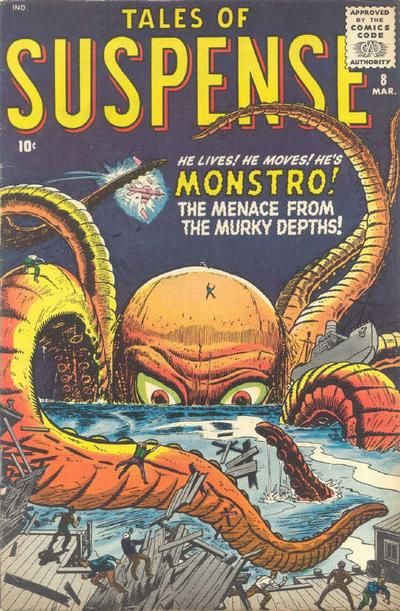
Ayanni Christé Hanna Cooper probably has a lot to say!
Ayanni Christé Hanna Cooper probably has a lot to say!
Ayanni Christé Hanna Cooper probably has a lot to say!
Ayanni Christé Hanna Cooper probably has a lot to say!
Ayanni Christé Hanna Cooper probably has a lot to say!
Ayanni Christé Hanna Cooper probably has a lot to say!
😮
😮
😮
😮